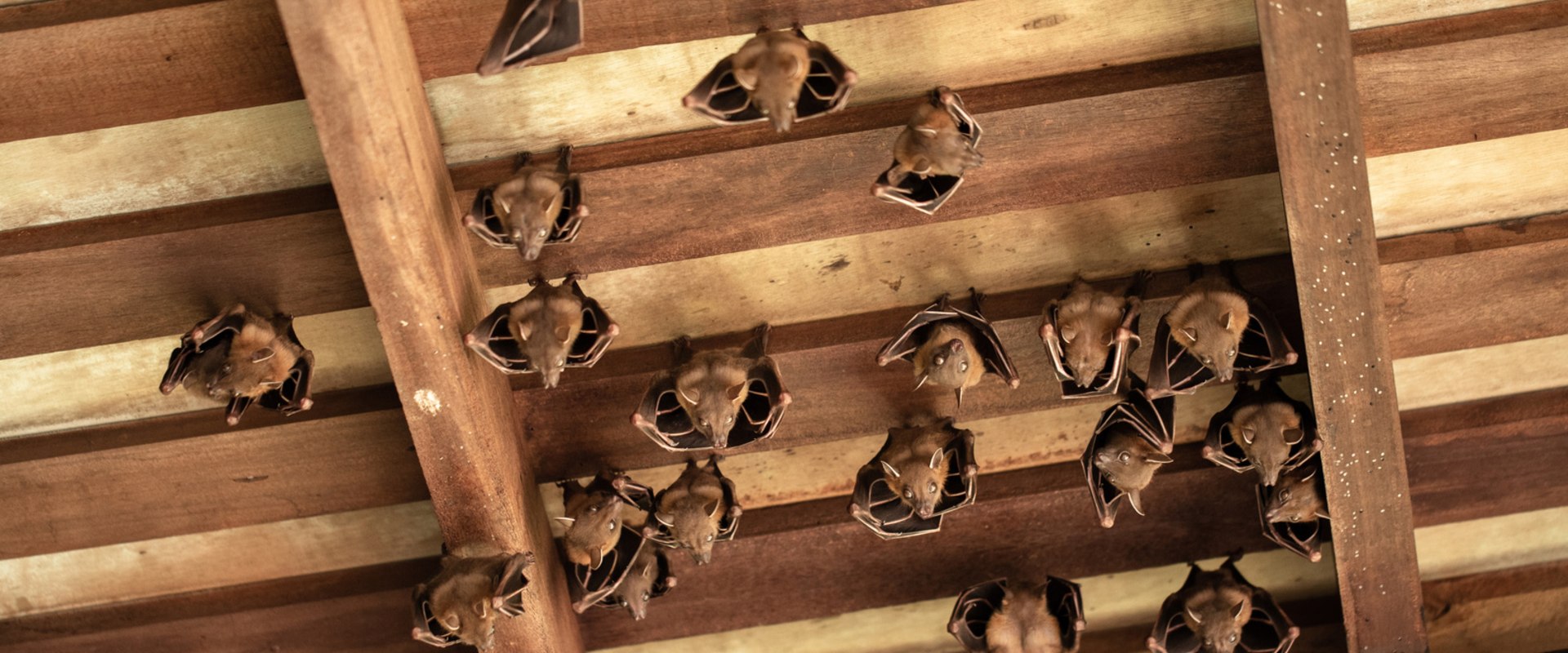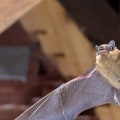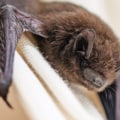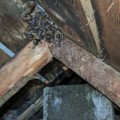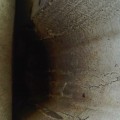Attic colonies usually have between 10 and 30 bats because there isn't enough space for thousands of bats. Still, 10 to 30 bats can completely destroy an attic and must be removed immediately. Your attic is one of the best forms of shelter a bat can find, as it can trap insects or rodents around the complex, if not in the house. In addition, most people do not spend much time in the attic, so these mammals will be able to enjoy their stay almost without interruption.
Unfortunately, seeing a single bat generally means that there are likely to be many more hidden in the attic. Bats are social animals and hundreds of bats can live in a single colony. Your penthouse may not be used to house such a large colony, but it's not unusual to find a dozen or more in a single house in North America. How will you know that you have bats in your attic, other than actually seeing them? You'll notice that bats have arrived in your attic thanks to the smell of their guano or their urine, which are extremely spicy.
You can also hear them at dawn and dusk. Bats don't drill holes to enter buildings; they use entry points that we leave open. The small openings or narrow openings at the top of the houses allow the Murci to enter. Contrary to popular belief, bats are not attracted.
Instead, they're interested in insects that swarm around lights, such as moths and mosquitoes. When it comes to nesting sites, bats prefer dry, dark areas. Temperature also plays an important role in attracting bats. A nesting site should be warm but not too hot for bats.
Since some species are often found nesting in trees, they are also attracted to wooden frames in attics. In addition, bats will look for nesting sites that are close to food and water sources. They are willing to travel up to a quarter of a mile to reach these areas. Just because there isn't a pond or stream in your yard doesn't mean there aren't bats in your attic.
Bats themselves are quite harmless and gentle creatures, but you still don't want them in your home. Bats can expose humans and animals to life-threatening diseases, including rabies. In addition, bat droppings can also be extremely dangerous to humans and pets. For most migratory bat species in the northeast, they leave colonies to go to winter hibernation sites before the first week of September, but some species (large, brown bats are a good example) hibernate in buildings during the winter.
This usually occurs when a person is bitten by an infected bat or comes into contact with the bat's guano, hair, urine, or blood. Even before considering eviction, check with your state's wildlife agency to make sure you know what laws should be followed, as well as to get a specific idea of when it's safe to exclude bats in your area. Your best bet may be a knowledgeable professional who understands bat behavior and the laws they protect. In fact, according to Bat Conservation International, bats consume about 1,200 mosquito-sized insects per hour, and some species disperse seeds, pollinate plants and feed on beetles that destroy crops.
There are a lot of creatures you don't want to have in your home: termites, snakes, rats and bats, for example. If it gets colder, bats in the attic will migrate outward, allowing you to seal cracks and other points of entry once they leave for the season. Because bats and their faeces can pose a very serious risk to the health of people and animals, it is important to organize the humanitarian extraction of animals in your area as soon as you suspect you may have a problem. The main reason bats end up settling in your house is because they found their way to an opening, maybe you have roof damage after a storm, or your coating isn't sealed properly.
Mylar or flash tape can repel bats from those structures, and plastic sheets attached with staples so that the bat can't hold on to the favorite part of the structure will also work. Bats have pretty wicked nails or claws, so if you hear a lot of running or scratching in the attic, they might not be mice. Be sure to place the staples no more than an inch apart, so the bat can't crawl under the sheet and get stuck. Another reason bats are attracted to a home is the presence of insects such as mosquitoes and moths around lights.
While bats don't always live in closed spaces, some situations force them to seek shelter, for example, when they feel threatened with extinction or when a female has just given birth. . .
